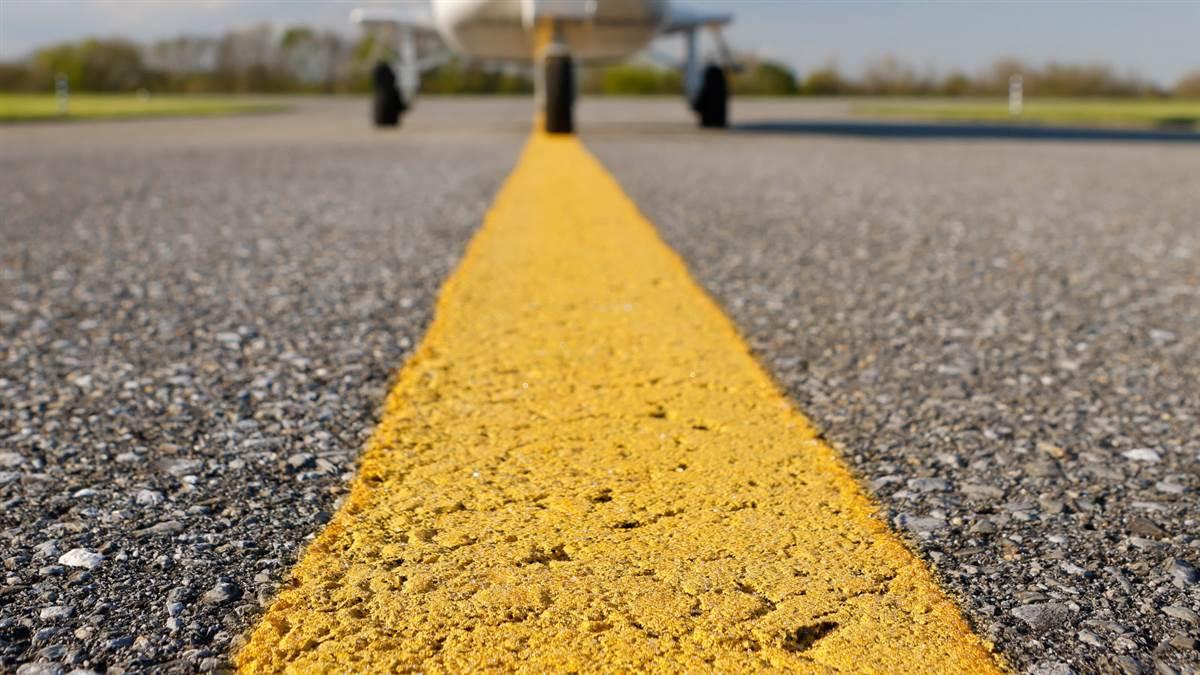Expand your preflight routine
Look for foreign object debris
In the general aviation world, we are taught that the preflight inspection is meant to be a thorough exam of the airplane before we take it airborne…and for good reason. Stories abound of pilots finding flat tires, controls that were crossed in maintenance, or birds in the engine cowling. Fuel can be contaminated, or the oil level might be low.

But when I got to the airlines, one thing I quickly learned is that the walk-around also needs to include some extra attention to the ground around the airplane. With all of the baggage that gets moved on and off an airplane, it’s no wonder that there is so much foreign object debris (FOD). FOD is basically anything on the ground that shouldn’t be there, and almost any FOD can cause damage of some kind to an airplane. The most common thing I find is the zipper pulls from suitcases. These get snagged and pulled off with startling regularity. Not far behind are the little locks that people put on their suitcases.
I’ve seen everything from metal to golf balls on the ramp. If there is construction going on anywhere on the airport—and it seems like there is an FAR that mandates construction on airports—debris can wind up in the oddest of places. Nails, screws, even pieces of wood can wind up hundreds of yards or even a mile away. In the winter, hats and gloves are common.
Most airports have buckets attached to the jet bridges specifically for collecting FOD. At my airline, the ramp agents are also tasked with doing a final walkaround to make sure that all the doors and panels are closed, while also doing a final FOD check. With jet engines mounted on the wings, there is a risk that something might be sucked up into the cowling during or after an engine start. The next big worry is that the exhaust from the engine could blow something backward and cause damage to an airplane (or other equipment) or injure or even kill a person.
I’ve become much more aware of FOD searches in my personal flying as well. A propeller can suck up almost anything, and even if it doesn’t, it can throw something that can damage a tire, a brake line, or do damage to the skin of the airplane.
Airports do runway FOD checks every day, and if there is any kind of emergency declared, a FOD check is done as a matter of course. Some locations do one after a high speed rejected takeoff. Taxiways are checked, but not as often due to the inability to safely mix cars and airplanes on movement surfaces. Besides, we get a better view from the flight deck of a larger area than a driver in a car.
Get in the habit of making FOD part of your walkaround inspection routine. It will make your flying safer, to say nothing of what it will do to help those around you.


